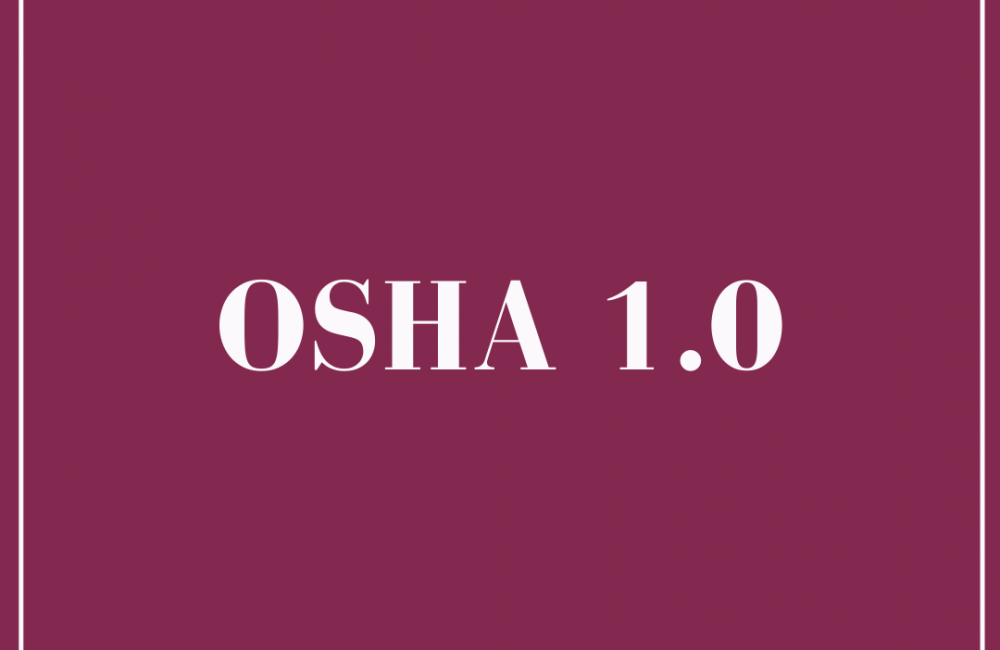How Do I Identify What Areas At Work May Be Susceptible To An Increased Spread Of COVID-19?
Now’s the time to attack those increased risks with a plan to reduce exposure – or if you’ve already done so, to revisit and improve your plan, including:
• Separating and sending home employees infected or potentially infected with COVID-19;
• Creating greater space between employees to comply with recommended social distancing guidelines;
• Installing shields or barriers when social distancing can’t be maintained;
• Requiring all employee and patrons to wear masks;
• Providing effective personal protective equipment (a/k/a PPE) and additional supplies like hand sanitizer to prevent exposure; and
• Performing routine cleaning and disinfecting.
By identifying and mitigating your risks of exposure, your workplace will be OSHA-compliant, and perhaps even more importantly, you and your employees will be far more likely to avoid the spread of COVID-19.
How Do I Educate My Employees On COVID-19?
Educating your employees on the policies and procedures in a way that they understand can more effectively reduce the spread of COVID-19. This includes informing employees about the basic facts of COVID-19 and the prevention policies and procedures that you’ve put in place. What does this mean? Plainly, talk to them in a way they’ll understand all the changes implemented for their safety.
It’s also important to notify employees who’s the appropriate contact person in management when they’ve got a question or concern about COVID-19. Be available. Be accessible. We assure you that by establishing this relationship, your employees will be far more likely to speak to you, rather than report your business to the authorities.
What Should You Do When Your Employee Is COVID-19 Positive Or Has Been Exposed?
Act now to put a plan in place. To be sure, the plan needs to facilitate immediate action. Not two hours later; we’re talking ASAP to the maximum degree possible. So what are the steps? And how best to prepare as a ridiculously busy employer?
Your plan should include:
- Instruct those who’ve tested positive, have been directly exposed, or are showing symptoms of COVID-19 to stay home;
- If he comes to work, immediately direct him to go home and isolate or quarantine, depending on the circumstances;
- By encouraging employees to stay home, employers can greatly reduce the risk of spreading COVID-19 in the workplace;
- In Erie County, alert the County Health Department;
- Take appropriate steps to clean affected areas (look at OSHA’s bullet 10 here).
Practically speaking, the downside of requiring employees to stay home is that your business might not be fully staffed. If possible, allow your employees to work from home or, if it’s possible to ensure safety (and it’s not always possible) allow them to work in an area where they’re isolated from all other employees.
Do You Need To Do Anything Additional For Your Older Or Higher-Risk Employees?
Employees who are older or have an underlying medical condition which puts them at a higher risk for severe illness due to COVID-19 might be entitled to reasonable accommodations at work to ensure they’re able to perform their job as safely as possible.
Remember to not single out older or disabled employees; but rather, work with them, when requested or when you have reason to know of their need, to engage in a productive interactive process.
Can My Employees Go Back To “Normal” After He’s Vaccinated?
To put it simply, not just yet. You should continue to require vaccinated workers to wear masks and socially distance while at work in order to prevent the spread of COVID-19. CDC experts still are evaluating the vaccine’s impact on spreading the virus before changing recommendations on workplace conduct.
As a result, employers should keep all preventative measures in place, regardless of the fact that employees are beginning to be vaccinated.
To help navigate the thorny minefield that is COVID-19 and the workplace, call the attorneys at The Coppola Firm. We’re here to help.

